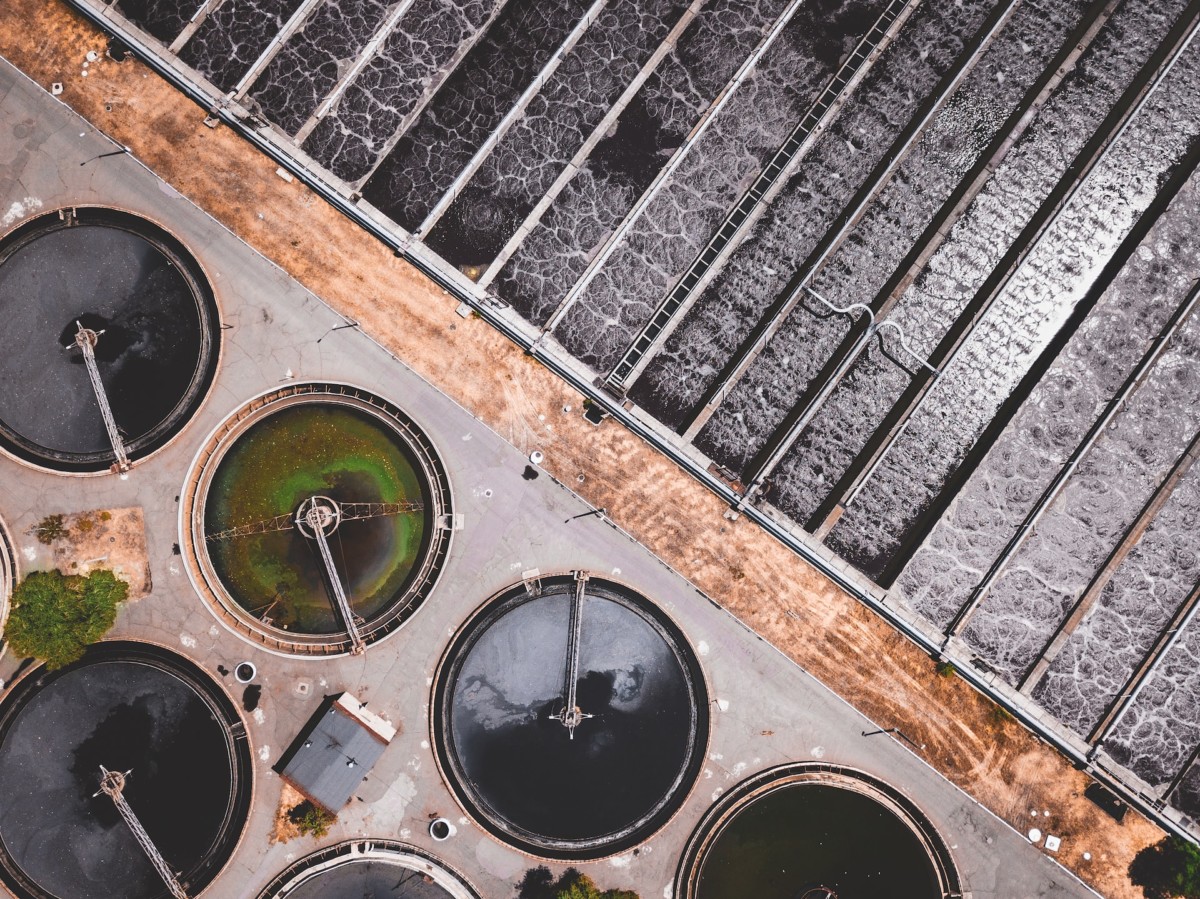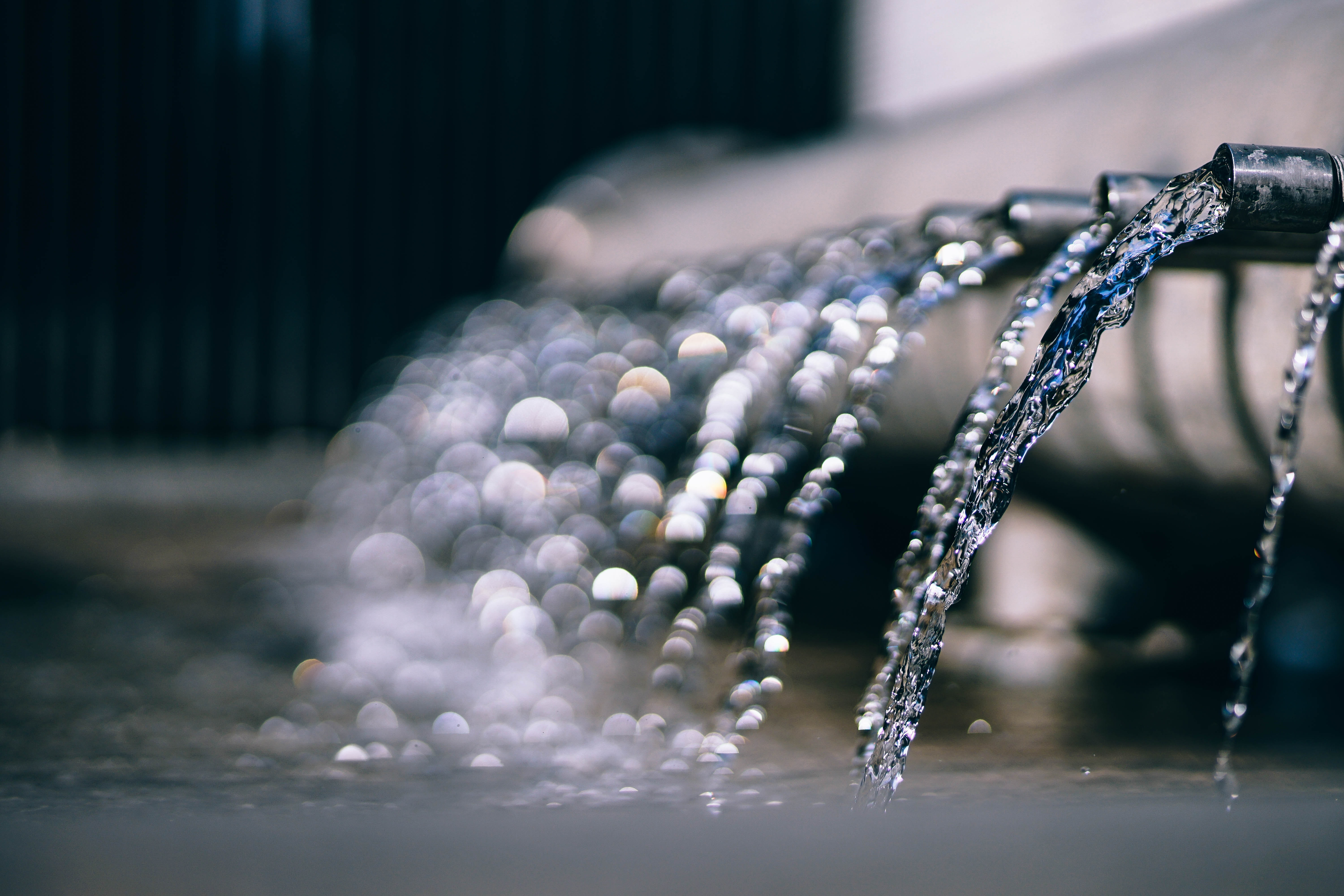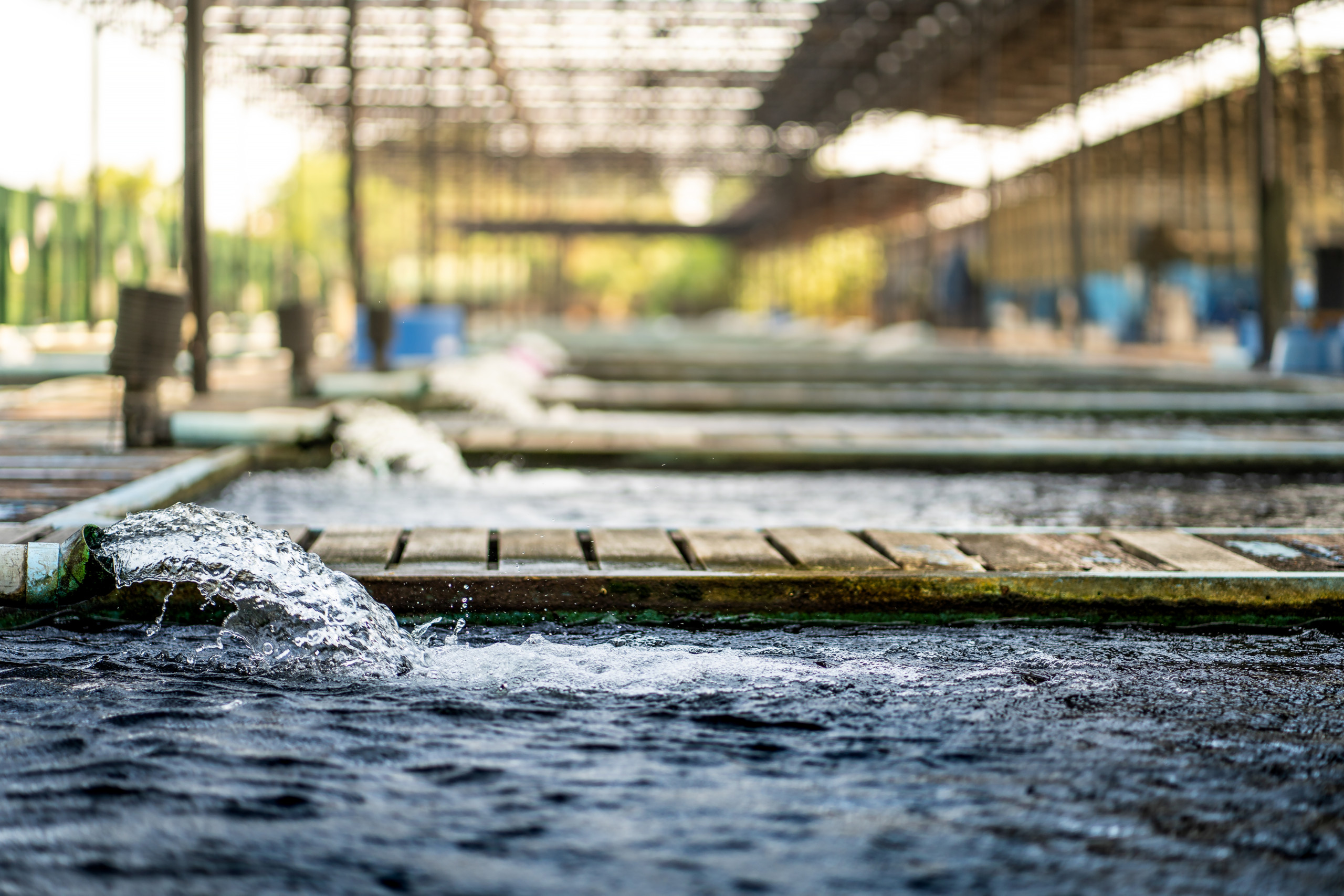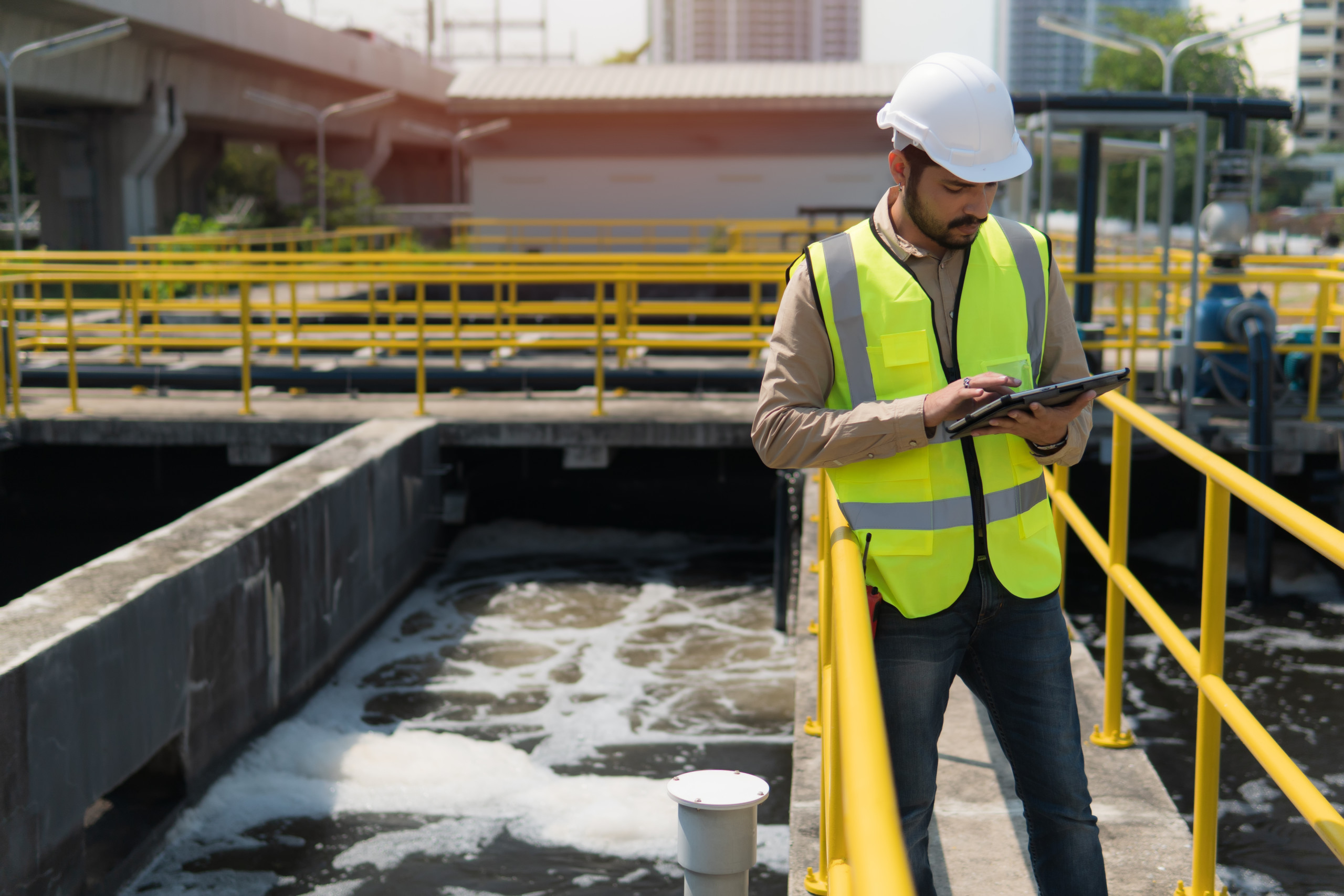Chlorination for Water Treatment
Water utilities have the challenging task of providing potable water to their customers. They use several physical techniques to remove large impurities like sedimentation and filtration. However, many microorganisms can survive these tactics and spread disease in the water supply. Chlorinating water is a powerful tool that inactivates biological hazards and improves the appearance and taste of drinking water.
Issues with Unchlorinated Water

The first experiments with chlorine happened in the mid-1800s to address water quality issues. At that time, there was little knowledge of disease-carrying bacteria and viruses. However, scientists recognized how appearance, taste, and smell reflected water quality. Adding chlorine to stored water removed unpleasant odors and tastes.
It was not until the 1890s that scientists recognized that chlorine could do more than make water taste better. Unchlorinated water carried diseases like typhoid and cholera. Chlorine treatments prevented outbreaks of these illnesses, turning chlorinating water into a public health issue.
Water Chlorination Explained

What is Chlorination?
Chlorination includes any method that treats drinking water with chlorine. Large water treatment plants will use advanced chlorine injection systems to monitor and control chemical levels. Sensors connected to a SCADA system provide alerts about deviations from safe conditions.
However, adding chlorine isn’t always a process that involves high-tech solutions. In areas without water infrastructure, adding a sodium hypochlorite solution to household water can make it safe for consumption. Many governments and charitable service organizations have worked to implement this low-cost public safety solution globally.
Benefits of Chlorinating Water
Treating water with chlorine has become a standard tool for improving public health and eliminating water-borne illnesses. Chlorine breaks down the cell membrane of microorganisms, rendering them inactive and unable to multiply. Other benefits of chlorine treatments include:
- Disinfection of algae from the water supply
- Improved smell and taste
- Removal of iron and manganese
- Improved clarity
Types of Chlorine for Water Treatment
It’s a toxic green gas in its raw state. However, stable chlorine compounds provide a safe way to store the molecule in a solid or liquid form. Water treatment plants use several different forms of chlorine to disinfect water.
Chlorine Gas
Chlorine gas is a common choice for water treatment plants. It’s the least expensive form of the element and can be added to water through a chlorine injector. Storage can be an issue with chlorine gas because it’s corrosive and toxic. A leak in a storage facility is a serious emergency.
When chlorine gas mixes with water, it forms hypochlorous acid. This chemical process increases the acidity of the water supply, providing ideal disinfecting conditions. A gas chlorination system may come into play at several points within the treatment process.
Calcium Hypochlorite
Calcium hypochlorite is a chlorine compound that’s a stable solid at room temperature, simplifying storage. Facilities must still be aware that it’s a corrosive compound, so improper storage can lead to damage. The chemical reacts with organic compounds in a reaction that produces heat, so fire prevention is another concern.
Treatment plants add the chemical to the water supply in tablet or powder form. This process often takes place around the sedimentation step to give enough time for the compound to dissolve and react with the water.
Unlike chlorine gas, calcium hypochlorite tends to raise the pH of treated water. Lowering the acidity to ideal disinfection conditions will require additional steps in the treatment process.
Sodium Hypochlorite
Sodium hypochlorite is the active ingredient in household bleach, created by mixing chlorine gas with sodium hydroxide. This chemical is a yellow-colored liquid at room temperature. However, it breaks down in natural light, so proper storage requires dark, cool conditions.
Although the substance is corrosive, it’s also easy to bottle and transport. These characteristics have made it an ideal disinfectant for treating water in remote areas or regions without water distribution infrastructure. Residents simply pour a bottle cap of the solution into their drinking water as a safety measure.
Because of its liquid form, treatment plants can add sodium hypochlorite through a specially-designed chlorine injector. The system pumps a measured amount of the chemical, mixing it with the water supply.
Methods for Treating Water with Chlorine
The placement of chlorine injection systems in a treatment plant depends on several factors. Highly-contaminated water may require more than one dose of chlorine to reach safe drinking levels. The distribution system layout is another consideration for the timing of chlorine treatments. Adding chlorine at the end of the treatment process can prevent algae growth during storage.
Pre-chlorination
Some water systems start the process with chlorine treatment. The chemical kills off undesirable aquatic life like algae and microorganisms. Eliminating algae at the beginning will prevent growth in settling and storage tanks later.
Post-sedimentation
The corrosive nature of chlorine is due to it being a highly reactive element. For water treatment, this quality means that the chemical will react with other impurities in addition to the biological ones for which it’s intended. When the incoming water supply has large impurities, it’s best to add chlorine after sedimentation. Allowing gravity to remove impurities will decrease the amount of chlorine necessary for effective disinfection.
Pre-distribution
Treated water doesn’t necessarily go directly to consumers. Depending on demand, it may sit in water towers, storage tanks, or dead-end pipes waiting for expansion. Over time, algae and other microorganisms can grow in these places where the water is still. A final dose of chlorine will extend the disinfecting power as water flows through the distribution system.
Risks of Chlorination for Water Treatment

Chlorine is a toxic chemical, so it must be carefully monitored when disinfecting water. A safe chlorine level in drinking water is around four ppm. A well-designed chlorine injection system should provide enough of the element to disinfect water without creating unsafe levels. Chlorine analysis throughout the water system is necessary to prevent health risks and equipment damage.
While chlorinated water doesn’t pose an immediate health risk, there’s growing concern about long-term risks. Trihalomethanes are carcinogenic byproducts of the disinfection process. They have been linked to an increased risk of bladder and colon cancers. However, researchers suggest that the public safety benefits of treating water with chlorine outweigh the risks.
The Need for Dechlorination
Some situations require chlorine removal from the water supply due to its toxicity. Water treatment plants often use sulfur dioxide gas for this purpose. Sodium bisulfite is a common compound for household and medical use. Some situations that require dechlorination include:
- Water released to natural resources
- Aquariums and fish ponds
- Water for dialysis
- Fermentation
Chlorine and PFAS
In April of 2022, the EPA banned a key component used for chlorine production but failed to propose a realistic transition plan for the water treatment plants that rely on it to provide safe drinking water. The prevalence of PFAS in drinking water is widely considered harmful, so this new legislation is ultimately a move in the right direction. However, getting treatment plants with strained budgets to update their equipment and operations within the allotted timeframe is not entirely realistic. Achieving compliance with the new standards set by the EPA will require time and money.
Automating a Chlorination System

Automation is an ideal way to implement chlorination for water treatment. Automated injectors will maintain a constant supply of disinfectant. Chlorine analyzers will then report deviations from the norm. Chlorine analysis at several points in the treatment process will help the system adjust to changing water conditions.
SCADA, Chlorine, and Safe Drinking Water
System control and data acquisition technology already play a large part in the water industry. It can also improve water systems as they seek to automate their chlorination processes. Sensors attached to chlorine analyzers give managers real-time information about chemical levels and send alerts about problems. If unsafe conditions arise, the system automatically adjusts chlorine levels or shuts itself down.
High Tide Technologies specializes in creating cloud-based SCADA solutions for the water industry. We’re experts in designing, building, and supporting a system to increase the efficiency and safety of your facility.
About High Tide Technologies
High Tide Technologies is an end-to-end cloud-based SCADA company that enables our users to create a complete SCADA solution that utilizes field units, satellite, cellular or Ethernet communications, and the Internet to monitor and provide automatic control of your systems.







Share this case study